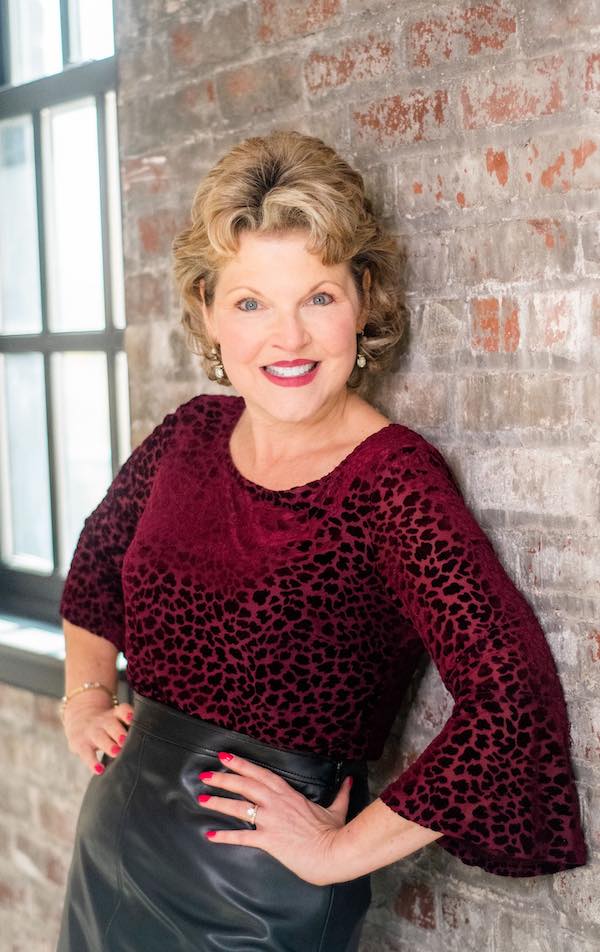Tell Your Story to Stand Out in Your Career

The sensory overload and overwhelm of social media and office communication can make it difficult to rise above the noise and be heard and recognized in the career space.
You have a very short timeframe to articulate your value-add in an interview, a performance evaluation, or an entrepreneurial pitch for start-up funding, for example. To engage fully with any audience, you must be authentic and share your story.
Mine Your Personal Experiences
One of my executive coaching clients is vying for a CEO role. She is smart, experienced, and by all accounts ready for this role. Competition is fierce and she must now tell her compelling story, so the recruiting firm and eventually the Board and the other C-Suite colleagues see her as the future leader of this organization.
She is developing a story about how her unique path has prepared her for this role and how these experiences distinguish her in a crowded field of candidates. Her story is compelling, poignant, and takes you on an emotional journey with highs and lows that showcase her resilience and readiness to face challenge. She is working to make this story brief and impactful since attention spans are shrinking and brevity is essential.
By sharing your story, you create a personal and emotional connection with the audience that helps get you noticed and enables listeners remember you above the noise. People remember stories, not lessons, or data – and savvy storytellers are unforgettable. Lessons and data points are important, but the connection happens in the storytelling.
Lean-In and Attract Attention
Consider the tradition of sharing bedtime stories with kids. They snuggle in and give you their undivided attention. Adults are the same. Use the language – “I want to share my story…” and watch your audience (large or small) change their posture to lean-in and listen.
Certain brands dominate the competition because of compelling personal stories told by their founders or leaders. Think Sarah Blakely of Spanx and Bill Gates, formerly of Microsoft – the stories of the people compel the success of the brands.
Be Vulnerable
Being vulnerable and authentic helps you connect with your audience. Channeling the vulnerability research of Brené Brown “Vulnerability is the birthplace of innovation, creativity, and change.” – is my north star quote for getting real, being transparent, and developing rapport and trust with individuals and audiences of any size.
So how do you mine those vulnerable stories that are worth sharing? These tips come from a great NPR piece by Elise Hu and Audrey Nguyen
Big decisions are a good place to find stories; so are embarrassing moments and mistakes. Think of a time you did something, but it didn’t go as planned. Within these kinds of prompts you can begin to explore moments of vulnerability.
- If your life were a movie, what’s one scene you’ll never forget?
- What’s something someone said to you that you’ll never forget?
- Tell us about a breakthrough moment.
- Tell us about a time you had to follow your heart.
- Tell us about a moment you were reunited with something you treasure.
From the Wedding Toast to the Keynote
Whether you consider yourself a public speaker, or not – communicating verbally is an essential skill for all to develop. Great storytelling allows you to connect with your audience. Use your body language and your eye contact as part of your holistic approach to powerful and engaging communication.
Watch people you admire tell their stories and become a student of communication by observing. How do they craft and share an engaging story? From TED Talks to religious houses of worship to teachers and industry leaders – listen to compelling communicators to help you hone your craft.
The Arc of a Story
Honor the emotional arc of a great story by showing conflict with obstacles and challenges you have overcome. The Master Class online series has a course on telling an effective story.
“As a storyteller, you can’t shy away from conflict. Great storytellers craft narratives that have all sorts of obstacles and hardships strewn in the path of their protagonists. In order to be satisfied with a happy ending, audiences have to watch the main characters struggle to achieve their goals. It’s okay to be cruel to your main characters—in fact, it’s necessary. Compelling plots are built on conflict, and it’s imperative that you embrace conflict and drama in order to become a better storyteller.”
Story is Connection
Stories happen in micro form as well since meeting new people, or introducing yourself to a new group will happen regularly. Consider what your mini story is and how you can practice it regularly to make it sound natural. For example – the following intro piques the listener’s interest and leaves room for follow-up, and the memorable bit is imagining Jane as an 11-year-old with her first chemistry set.
“My name is Jane Doe, and I was that kid who got a chemistry set for my birthday in 6th grade and fell in love with science. I’m now a VP at Dow and I’m passionate about introducing women and girls to careers in STEM.”
Everything improves with practice, so prioritize time to develop and practice your story with a coach or trusted mentor who can provide a safe space and developmental feedback. Storytelling is about connecting and sharing your narrative that will distinguish you in life and career.






